If you are fond of exploring the history of the world, then you would know the wonders of Damascus knives and steel. It has always mesmerized scientists due to its damask pattern, endurance and strength. It can split feathers in mid-air. Europeans discovered this particular material during various Crusades. Alexander the Great used this peculiar metal for his army’s weapons.
The metal’s exact formula remains a mystery. This is because the armorers kept it a secret to maintain their dominance.
Related: The metal-ware marvels
Introduction to Damascus Steel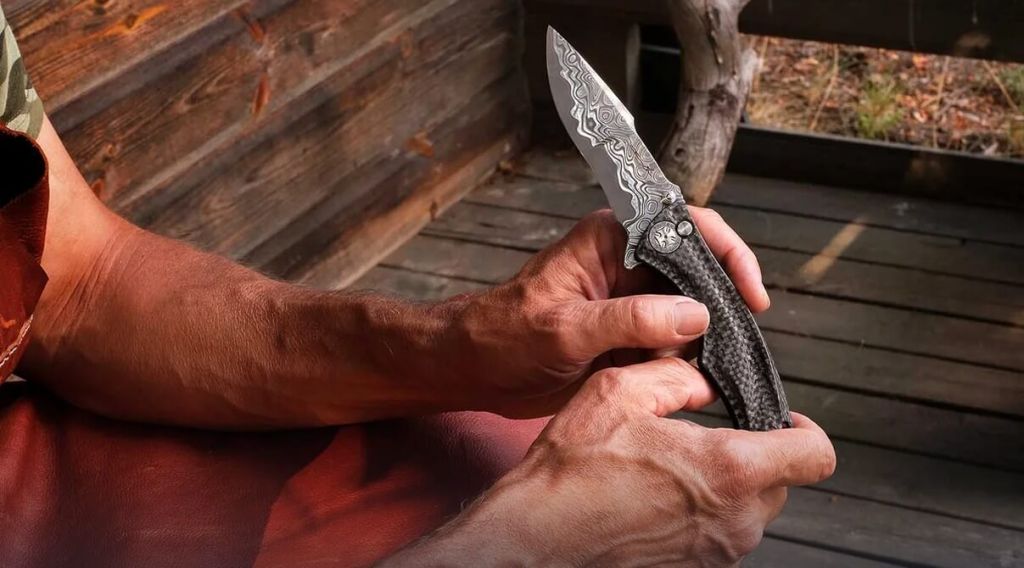
In general, steel is an alloy that is a combination of iron and a fractional percentage of carbon. It increases the strength and endurance of the metal. Research reveals an increased amount of carbon with iron to create Damascus steel. Also, the steel gets forged at a low temperature. This temperature is near seventeen hundred degrees Fahrenheit. Once the steel gets forged. It becomes a knife blade. After that, it gets reheated and then cooled down in a fluid named Dragon Blood.
The Secret of Strength and Endurance
It is generally believed that the secrets of Damascus knives and steel are with the armorers of Persia. The most important element giving this steel its strength is the Dragon Blood fluid.
What is Dragon Blood?
Dragon Blood has a dark color. There are several theories proposed by smiths about its composition. According to one such belief, Dragon Blood comes from the wastes of donkeys. Whereas, another such perspective considers a goat fed with only ferns as the source. These beliefs usually come from the East.
Another Asian theory says that the process that the metal has to glow while it is hot is like a rising Sun. Then, it has to get cooled down till it changes to purple in color. And this is done by using the body of a muscular man so that his strength is transferred into the metal. Thus, some of these narratives are folktales. The European counterparts also concealed the secret for many centuries. Many armorers mention the use of red or green medicine to quench the red hot metal.
What Makes Damascus Knives and Blades Unique?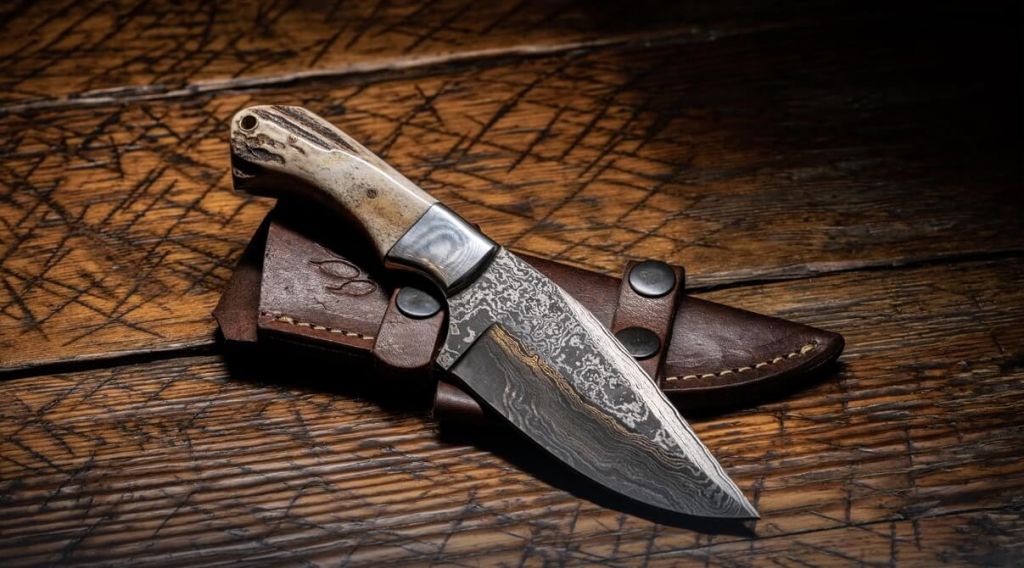
If you want to identify a Damascus knife, here are certain ways in which you can tell the difference. You can observe ladder and rose patterns that would appear like water flowing over the metal. This stands as the distinctive quality of the Damascus steel for which it got its name. This legendary metal is also known by other names such as bintie, bulat, Fuladh, Wootz, and Pulad.
Why is it Called Damascus Steel?
You will be wondering why this precious metal has the name Damascus steel. There are two propositions for the name of this high carbon steel. The first theory relates that with the root word ‘damas’. It implies the watery wave patterns found on this steel. The Arabic language has the word ‘ma’ for water. The other proposition is generic. This approach links it with the capital of Syria, Damascus, to be the hub of selling and purchasing this metal.
According to narratives, Damascus steel comes from specific steel named wootz. This substance is only found in India. The properties of this steel are quite unique from the other variants. This steel actually appears quite malleable when hot. But, once it gets cooled down, it gets stronger. According to research, steel has the presence of porous iron and charcoal. This characteristic makes it unique from the rest. Because of its rich carbon content, it was bought by Arabs to sell in the Middle Eastern and European markets. Wootz is generally processed at a temperature of 2300 degrees. This temperature leads to the bonding of carbon and iron. The resultant carbide grains create wavy patterns visible on the metallic surface.
How is it Shaped?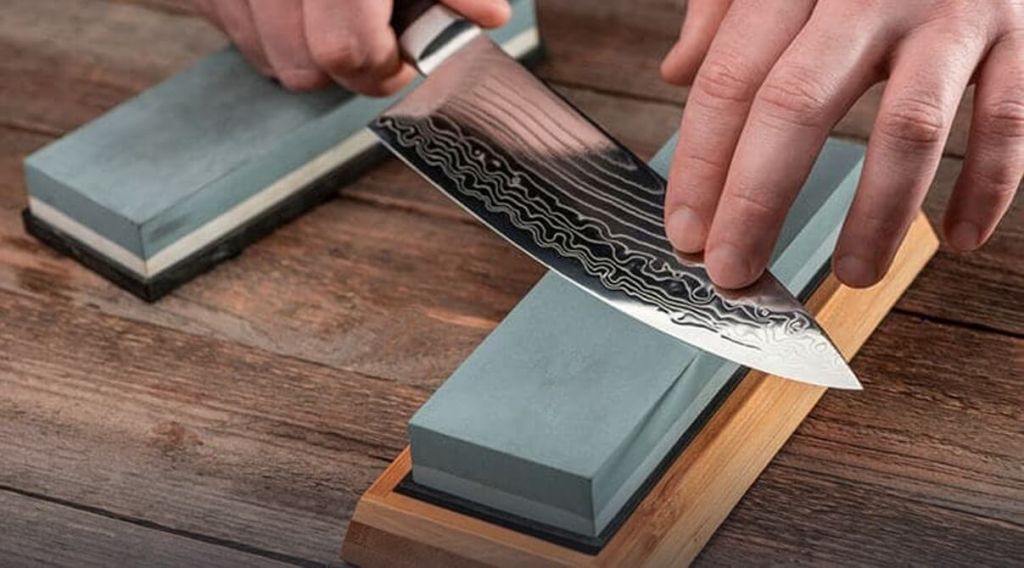
The European metallurgists and smiths did many experiments to see how to shape it. They found that this steel needs to get heated, cooled, and reheated to develop strength. Damascus steel gets hammered at one side to give it a rough shape. Then its fine edges for Damascus knives or swords are produced. An important thing to note is that this hammering on a side curls the metal from one side giving it a curve.
Types of Damascus Steel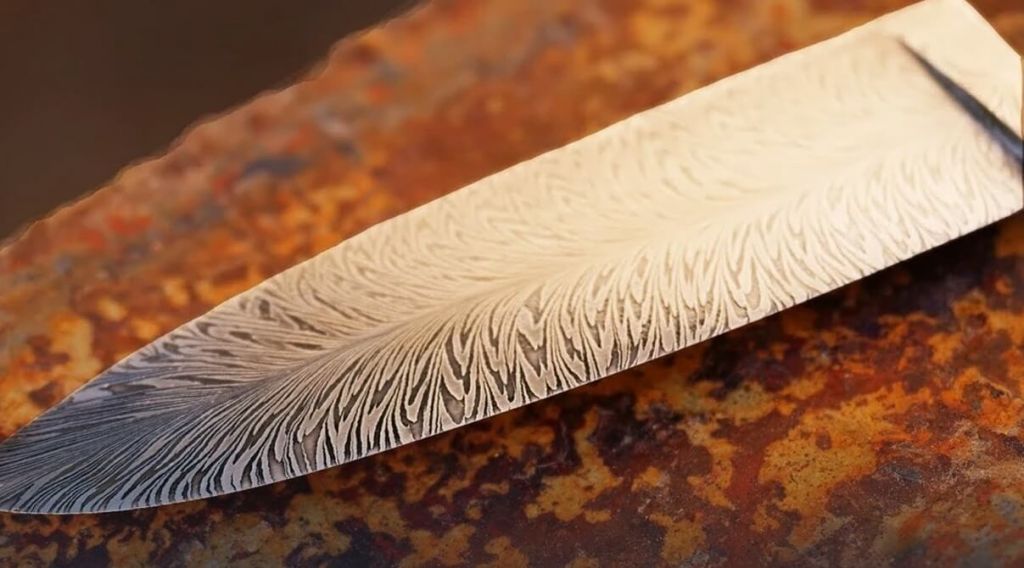
Damascus steel is generally classified into Cast Damascus Steel and Pattern-Welded Damascus Steel. The exact procedure of producing the ancient Damascus steel is still unknown. Its variant comes from melting steel, charcoal, and iron with very little oxygen. It needs a low temperature for the production of carbides inside. This results in the production of wavy patterns on the metal. Then, the smith forges this steel to knives and swords. The pattern-welded Damascus steel is a close variant of the archaic Damascus steel.
Iron and steel were placed over one another for this creation. The metals are hammered in the two metals at high temperatures. This results in the production of welded bonds between the two elements. A flux seals the joint and this combination keeps the oxygen out of the bonding of two elements. The presence of these layers creates a wavy effect on the surface of these metals. It makes it close to the original version. Many theories keep coming to justify the strength of this precious metal. Scientists consider composition as the source of strength. Others emphasize the layering of iron and steel as the reason behind their endurance.
Read more: Pakistan onyx handicrafts – A unique blend of tradition
Damascus Knives and Blades of Wazirabad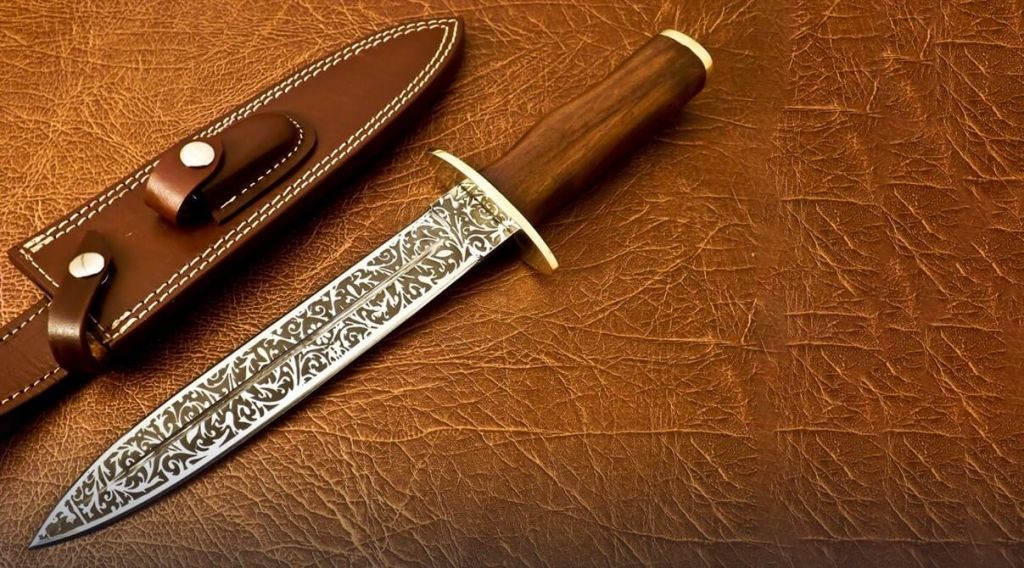
Wazirabad (in Pakistan) is popular for its cutlery industry. This city is in Gujranwala District, near Lahore. Located in Punjab, this city has an area of 83 kilometers square. It lies near the banks of the Chenab River in Pakistan. The Damascus knives of this region are exemplary. They are being exported due to their quality, presentation, beauty, and widespread application. In case you have not seen a Damascus knife ever in your life, then do visit this place. You can behold the complete collection of Damascus knives and swords at Wazirabad.